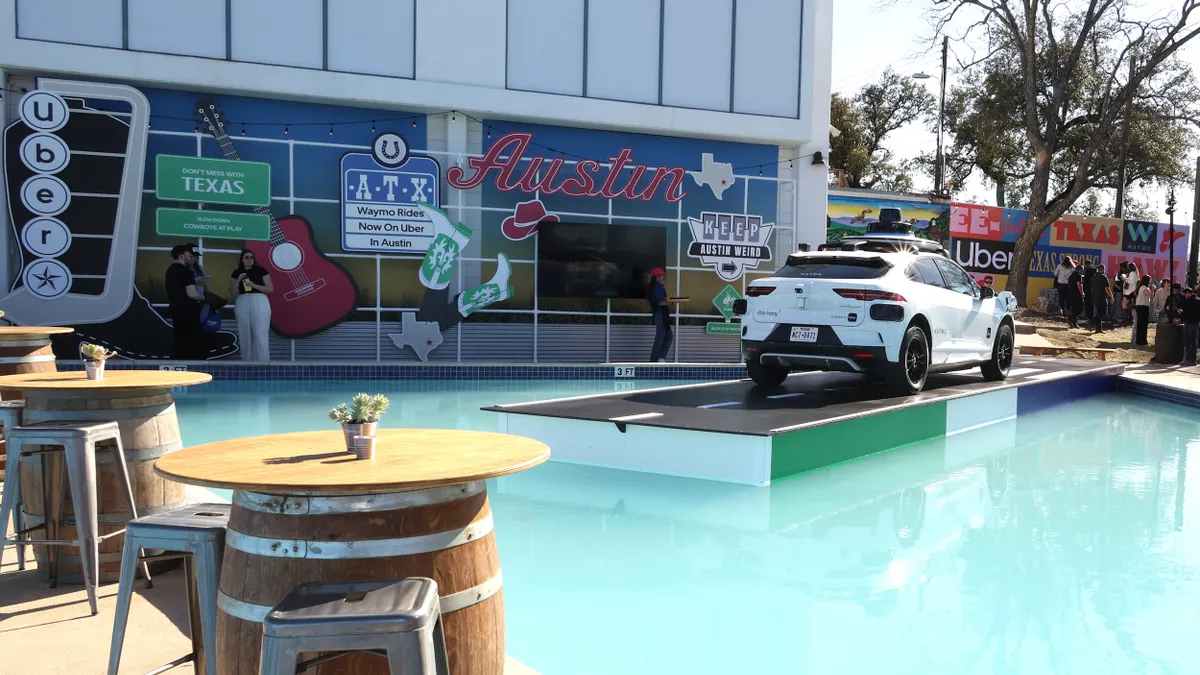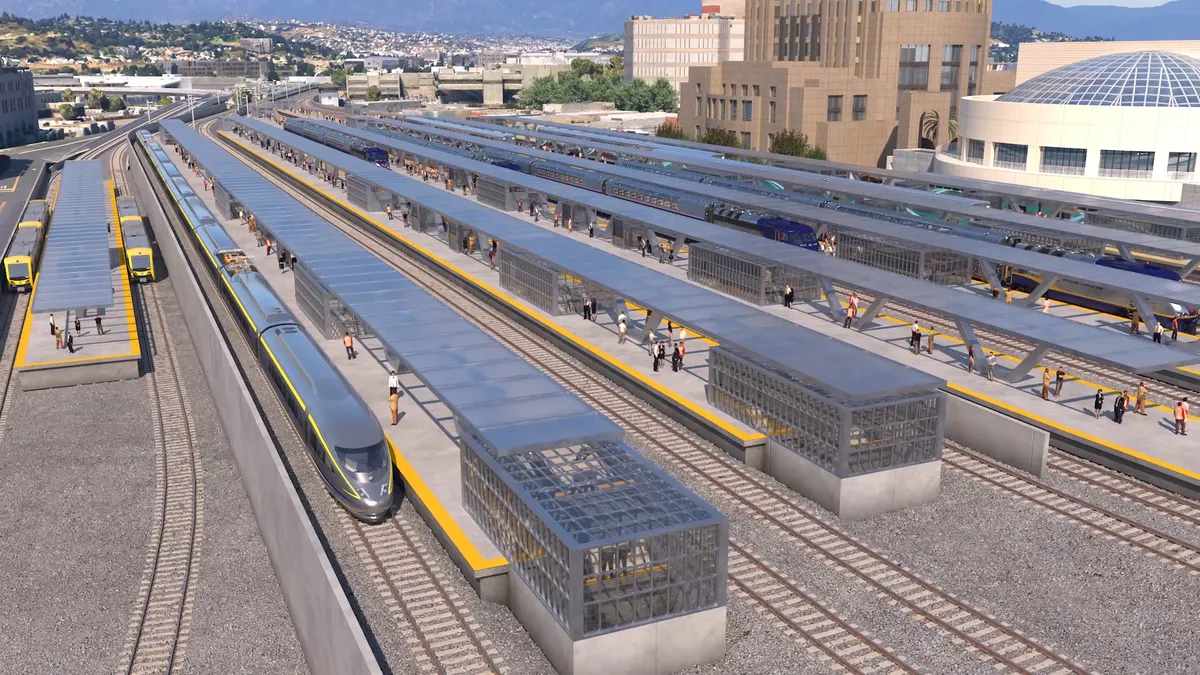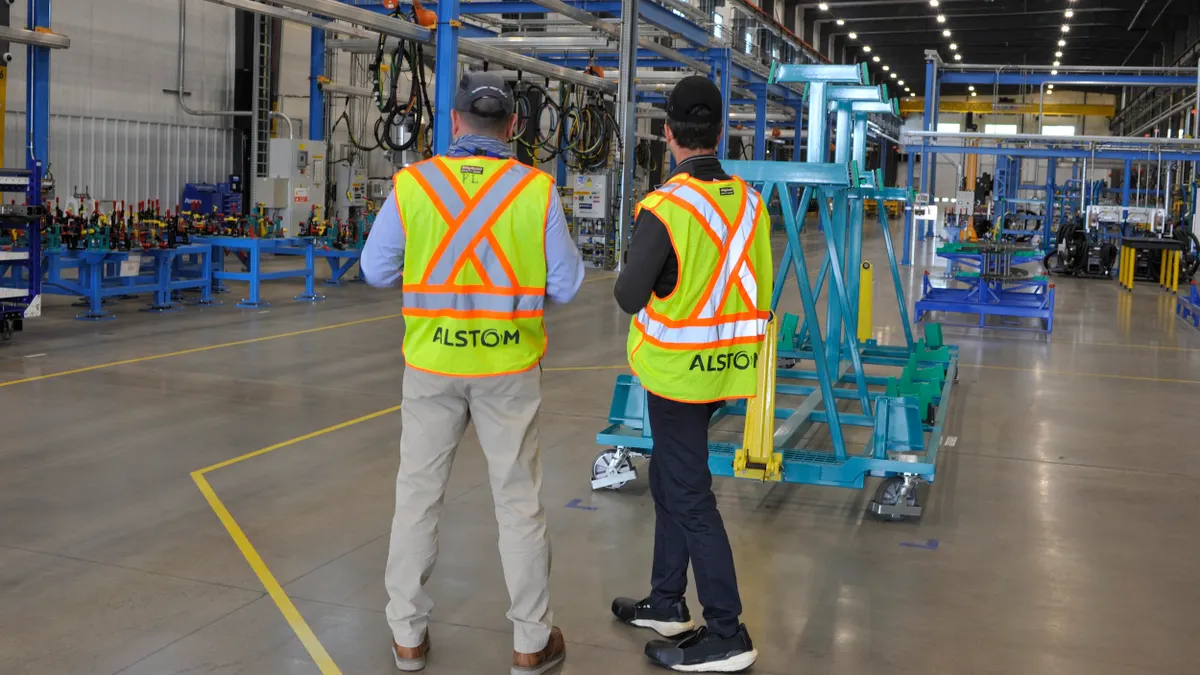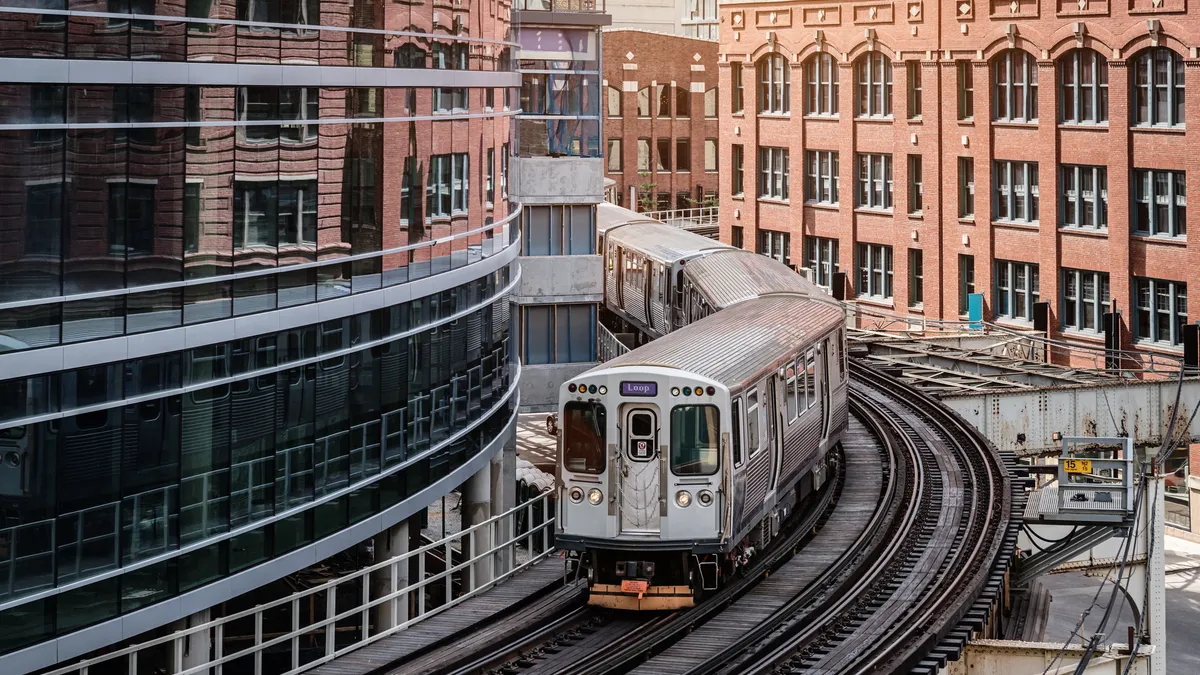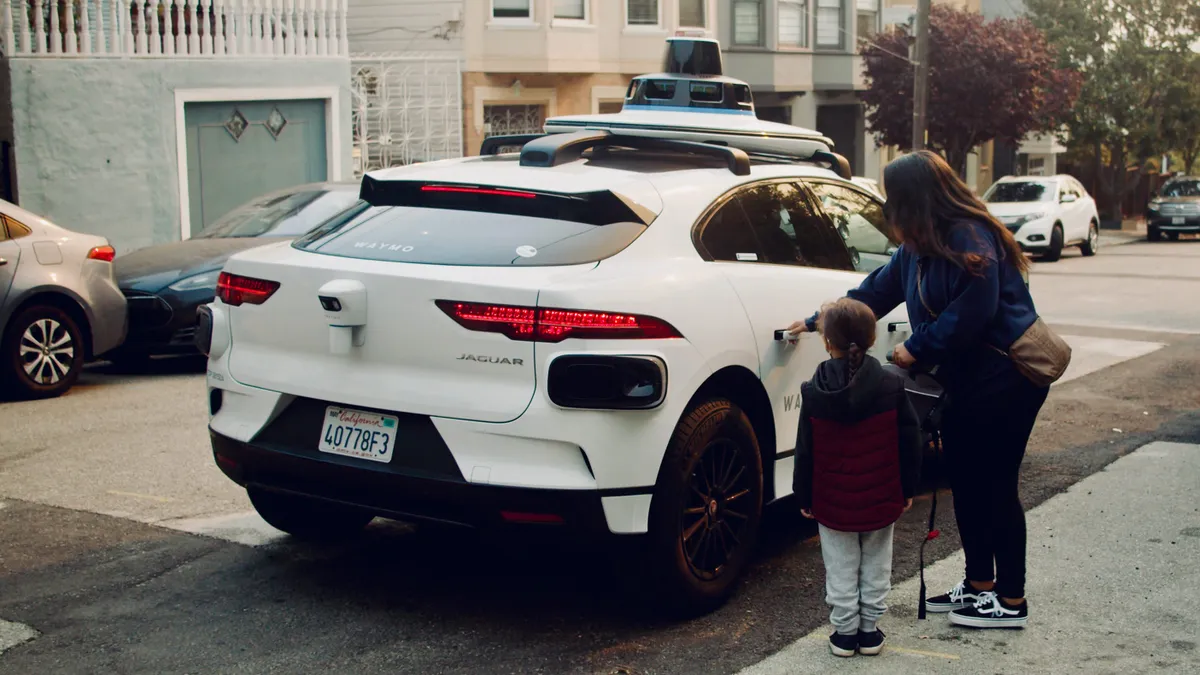Editor's Note: The following is a guest post from Amir Hever, co-founder and CEO of UVeye.
For years, the modern city has been built around the car, particularly privately-owned cars. Roads and parking structures take up enormous amounts of space, traffic dictates travel times, and inaccessible neighborhoods often suffer from lack of economic development. In short, modern cities are built around an inefficient, often inconvenient mode of transportation.
Autonomous vehicles (AVs) have the potential to solve many of these challenges. By shifting car use away from the single-owner model and encouraging more efficient ride-sharing models, AVs will reduce the need for parking structures. Ride-sharing will also reduce traffic as people use pool options rather than individual cars to commute during peak hours. Furthermore, accessible transit options will improve the economic conditions of neighborhoods that are otherwise difficult to reach.
Fortunately, the auto industry has become more invested in delivering on AVs. Though the timeline of AV development is hotly debated, every major manufacturer and a plethora of startups are involved in the race to deliver smarter, more efficient mobility options.
Every aspect of the modern vehicle is being questioned — from ownership (or lack thereof), to if they will even need steering wheels. But even as billions are being invested in building the autonomous, connected and environmentally-friendly car of the future, consumers are still wary of automated transportation.
Assuring the public
A key challenge to public adoption of autonomous driving is the lack of trust. Getting into an unfamiliar car has only recently started becoming a "normal" activity, and safety concerns still abound for both riders and drivers.
Though autonomous driving will eliminate some issues, others will certainly take their place. Driving is not just about steering a car from place to place; the driver’s seat is also central to ensuring that a car is functioning. Warning lights, fuel gauges and haptic feedback from the brakes and accelerator are all centered around the driver. Without a person behind the wheel, countless questions around reliability emerge.
New technologies such as machine learning and computer vision will be able to make maintenance checks faster and more accessible, ensuring that cars without a driver monitoring their performance will be safe and reliable. Starting with the assembly line, manufacturers will need to adopt new technology to reassure consumers and pave the way for AVs.
As the technology inside cars becomes more advanced, so will the technology needed to build them. Manufacturers need to invest in their factories to ensure AVs can enter the mainstream with sufficient safety protocols throughout the entire lifecycle of the vehicle. As recently as 2017, manufacturers recalled more vehicles than they sold, a sign of an already outdated inspection system that can only react to dangerous defects, not prevent them.
Smarter maintenance
AVs will also need vastly different infrastructure than traditional cars. For one, they’re far more likely to be fully electric, therefore eliminating the need for gas stations and increasing demand for charging stations. But more critically, AVs owned by a ride-sharing company rather than individuals will lack regular monitoring for maintenance.
Smart checkpoints that integrate charging stations, automated vehicle inspections, and check-in points will enable cities and companies to more effectively manage the flow of traffic and understand the needs of their automated fleets.
When a vehicle has only minutes between passengers, an automated inspection powered by machine learning will be critical to keeping the public safe. Advanced technology will not only be able to assess the state of the AV in seconds, but also catalog the impact of wear-and-tear on it and warn operators of pending maintenance. This will allow the auto and ride-sharing industries to proactively replace worn parts, preventing costly recalls that will make consumers wary of AVs.
Conclusion
As the world continues to urbanize at a rapid pace, cities need to ensure that their limited space is maximizing community benefits. With the advent of AVs, typical urban issues such as traffic and uneven transit options will be eased, opening the door for new developments, housing and economic opportunity.
As cars become smarter, the technology and infrastructure has to evolve in tandem. Upgrading the manufacturing and maintenance processes will improve safety and ease consumer fears as AVs make their way onto city streets.





